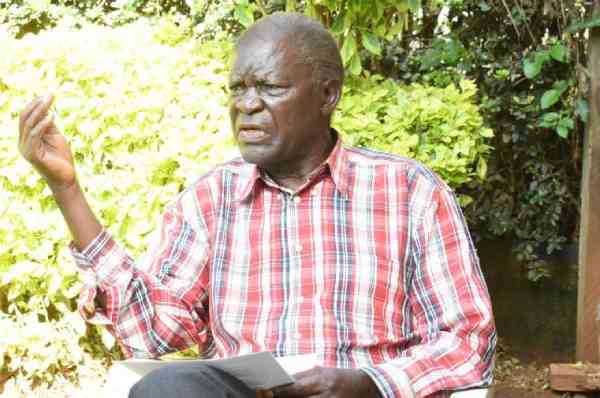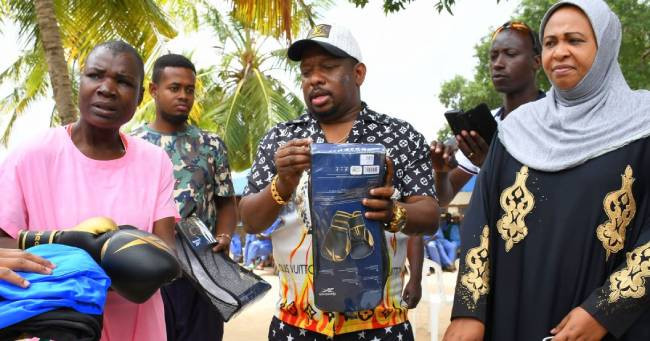
Beyond the fight of maize importation, there is always an odd dude from Kakamega facing a murder charge after killing his own because of ugali -- that tasteless lump of paste. While that 'certain communities' truly loves ugali did you know it was not until 1920 that ugali became Kenya's national diet?
Before then communities were motorized by their own indigenous tubers, finger millet here, yams, legumes and cassava there.
All these changed when some mysterious millet disease led to famine during World War 1 and instead of planting millet locals consumed the seeds leading to a deficit.
Maize, which had been introduced to the coast by Portuguese in the 18th century reached bara and replaced millet with momentum growing when odieros began large scale growing maize for export. Workers slaving in the White Highlands were paid in Indian Rupees and bags of maize!
These labourers began growing maize in their small backyard shambas and on returning shagz introduced maize there and gradually mahindi became a kawaida crop.
When miros began selling their maize jungus formed maize marketing boards to control market dynamics in 1935.
Surplus maize was created when world demand for maize slumped and odieros began importing Hammer mills that ground maize into posho via removing the pericarp that made maize meal look whiter, last longer and taste sweeter than whole maize meal.
Unlike millet and sorghum, maize did not need de-husking.
Did you also know that Kenya had the Chief Maize Breeder? Well, M.N. Harrison was his name and in 1961he went to Mexico and Colombia and returned and warned people to brace themselves for an "agricultural revolution as happened in the USA Corn Belt" as Paul Roberts notes in The End of Food published in 2008.
Harrison brought the variety of maize that is now grown in Kenya and made Kitale the ground for scientific maize research.
 The Standard Group Plc is a multi-media organization with investments in media platforms spanning newspaper print
operations, television, radio broadcasting, digital and online services. The Standard Group is recognized as a
leading multi-media house in Kenya with a key influence in matters of national and international interest.
The Standard Group Plc is a multi-media organization with investments in media platforms spanning newspaper print
operations, television, radio broadcasting, digital and online services. The Standard Group is recognized as a
leading multi-media house in Kenya with a key influence in matters of national and international interest.











